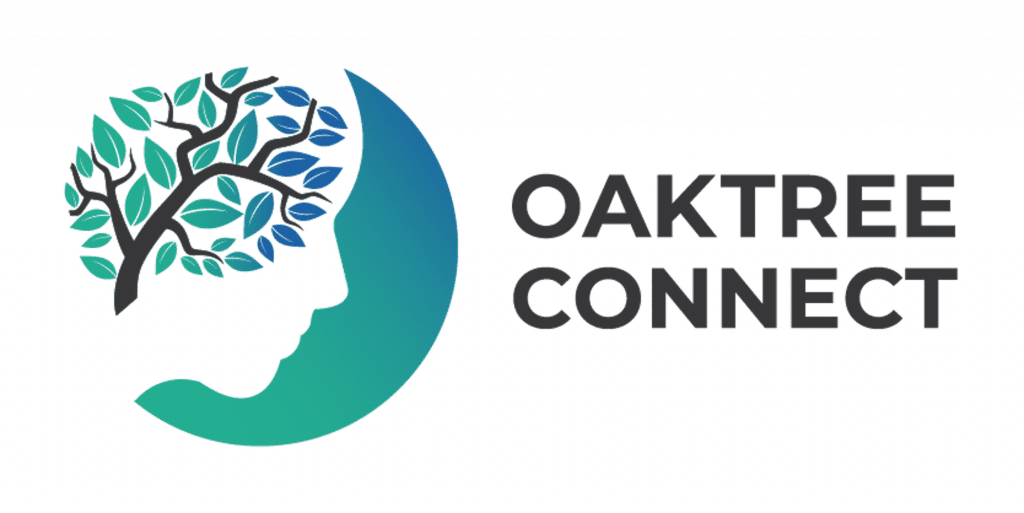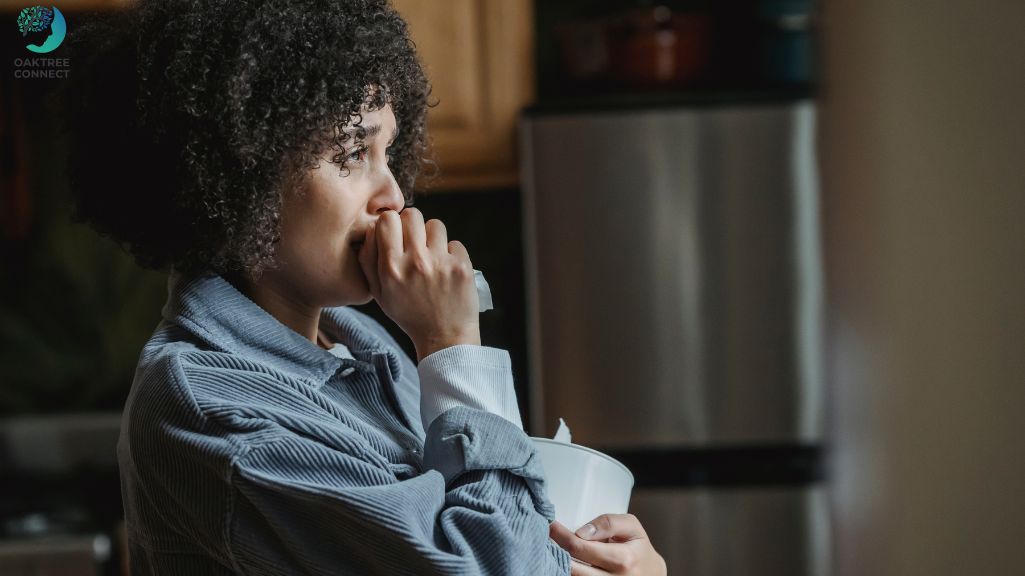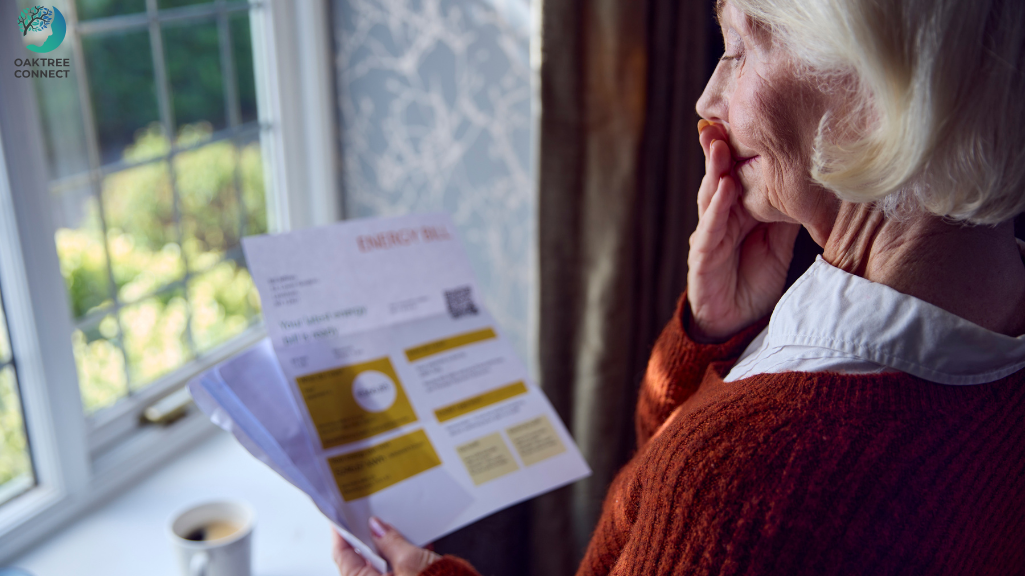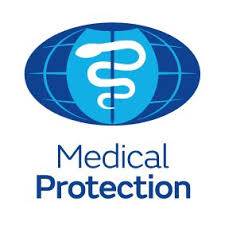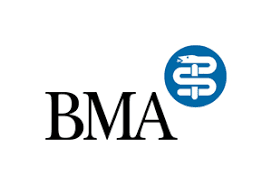How TMS Therapy Works: A Step-by-Step Guide to Transcranial Magnetic Stimulation
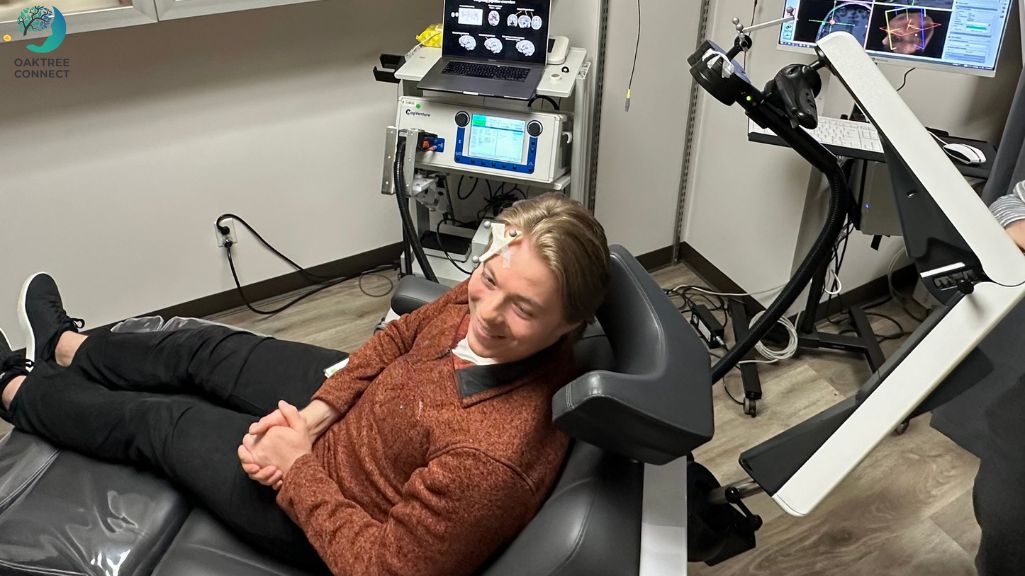
"There is hope, even when your brain tells you there isn’t."
— John Green
For decades little progress seemed to have been made in the field of mental health treatment of depression, anxiety disorders like obsessive compulsive disorder, post traumatic stress, panic disorder. In the last few years however, the world of Psychiatry has turned a new corner as directly stimulating the brain is explored and found to be not only beneficial but also pain and side effects free. This relatively new treatment is therefore encouraging specifically for people for whom various forms of medication and treatments have not worked.
One of these is the non-invasive neuromodulation technique known as Transcranial Magnetic Stimulation (TMS). It serves as a treatment for Major Depressive Disorder (MDD) and various psychiatric conditions including all forms of anxiety. TMS or more precisely rTMS (repetitiveTMS) provides a scientifically proven treatment option even for people who have failed to respond to standard antidepressant medications and psychotherapy.
This article will provide a guide with information about TMS practicalities, treatment procedures and established conditions for TMS applications.
What Is TMS Therapy?
The TMS therapy works by using focused magnetic fields to activate specific brain regions through stimulation of nerve cells in the superficial part of the brain. The front part of the brain called the left dorsolateral prefrontal cortex (DLPFC) stands as the primary target of TMS treatment for treatment of depression. This is because this area of the brain controls mood regulation and shows reduced activity in patients with depression. For anxiety mostly a different prescription for treatment is used on the same area on the right side of the head. The treatment uses repetitive magnetic pulses to achieve normal brain function while avoiding the typical side effects that occur with medication.
Multiple peer-reviewed clinical trials have demonstrated TMS effectiveness for treating treatment-resistant depression (TRD) through a key study in Biological Psychiatry (George et al., 2010) which showed rTMS therapy produced significant improvements in depressive symptoms. Other scientific studies have shown that it works better when compared to medication and much better compared to sham treatment (studies when cases receive real rTMS and the others are given sham treatment and the treatment effects are compared).
TMS Therapy Guide: Step-by-Step Process
1. Clinical Assessment and Suitability Evaluation
The psychiatric evaluation process at Oaktree Connect includes a thorough assessment of every patient. The evaluation process at Oaktree Connect includes International Code of Disease (ICD) criteria assessment with a full mental health history review and evaluation of previous treatment outcomes. TMS treatment is available to patients who have clinical depression including treatment resistant depression, OCD, PTSD and specific anxiety disorders.
Evidence note: The NICE guidance (NG222) supports the use of TMS for adults with depression who have not responded to at least two antidepressant trials.
2. Target Area Identification
The correct area for the treatment is mapped out on the head, before treatment by the practitioner. In this step the prefrontal cortex in the front of the head is localised.
3. Treatment Sessions
The patient sits comfortably during each session while a magnetic coil rests on their scalp. Two different frequencies and protocols can be used for depression.
Theta Burst Stimulation (TBS) is a form of transcranial magnetic stimulation (TMS) that delivers bursts of pulses at a high frequency (e.g., 50 Hz). TBS is known for its relatively short duration of application, making it more convenient than other rTMS protocols.
Standard protocol includes 10 Hz frequency stimulation to deliver magnetic pulses for 20–40 minutes during each session.
Both the treatments consist of 20 to 30 sessions, which may take 2-4 weeks to complete depending on whether the patient wants one session every week day or up to three sessions per day. Patients do not need any pain relief medication and stay awake during the procedure because no anaesthesia or sedation is needed.
4. Monitoring and Progress Evaluation
The medical staff tracks patients for their treatment response as well as their adverse effects. The most common side effects include mild scalp discomfort and headache, usually resolving within hours, if it occurs. The occurrence of seizures as serious adverse effects is rare at less than 1 in 10,000 sessions and even these are avoided by following established safety guidelines.
Clinical reviews by a doctor and the Patient Health Questionnaire (PHQ-9), Beck’s depression inventory (BDI), Beck’s Anxiety Inventory (BAI) or HAM-D rating scales are used to track symptoms objectively before the start of treatment and improvement throughout the treatment duration with regular assessments.
5. Review and Maintenance Planning
After the acute phase, the psychiatrist who prescribed the treatment sees the patient again and determines if they have achieved full recovery or have had at least partial response to this treatment.
Patients who experience recurrent depressive episodes may require ongoing rTMS sessions for maintenance to prevent relapse. However, only 5-8 sessions of the treatment are required every few months (3-6 months), as part of the maintenance.
Evidence for TMS in Psychiatric Treatment
Major Depressive Disorder: Over 50% of treatment resistant depression, TRD patients experience significant improvement; approximately two-third achieve full remission.
Obsessive-Compulsive Disorder (OCD): FDA-approved TMS protocols (e.g., deep TMS targeting deeper structures in the brain) show significant symptom reduction.
Post-Traumatic Stress Disorder (PTSD): Meta-analyses (large studies where findings from multiple independent studies are put together) report moderate-to-large effect sizes for TMS in reducing PTSD symptoms.
Why Choose Oaktree Connect for TMS?
At Oaktree, we have used this form of treatment for over 7 years, it is fair to say that we have more experience of administering rTMS than most of the other clinics in the UK. In addition we have achieved better results with rTMS than quoted from the studies above, due to our individualised care, with 72% of our patients with depression recovering from their symptoms.
Our psychiatric team provides evidence-based personalised treatment that matches your specific personal and clinical presentation and diagnosis. The TMS treatment at Oaktree Connect is performed by trained mental health professionals who work under the guidance of a consultant psychiatrist to guarantee both clinical safety and the best possible results.
Conclusion
The fundamental and growing understanding of the TMS process, the evidence for its effectiveness, help explain this revolutionary treatment method and its need. TMS stands as an evidence-based treatment which offers fresh possibilities as an alternative to medication to all patients, even the ones who have tried all other available options that have not worked.
References
George MS, et al. (2010). Daily left prefrontal transcranial magnetic stimulation therapy for major depressive disorder: a sham-controlled randomized trial. Biological Psychiatry, 67(5), 507–514. PubMed
National Institute for Health and Care Excellence (NICE). Depression in adults: treatment and management. NICE guideline [NG222]. NICE+7NICE+7NICE+7
Rossi S, et al. (2009). Safety, ethical considerations, and application guidelines for the use of transcranial magnetic stimulation in clinical practice and research. Clinical Neurophysiology, 120(12), 2008–2039. PubMed
Kan RLC, et al. (2020). Transcranial magnetic stimulation for posttraumatic stress
disorder: a systematic review and meta-analysis.
Psychiatry Research, 290, 113090. PMC- Image by Steve Jurvetson on Flickr.
Disorder Related Blogs
- Anorexia Nervosa: Recognise the Quiet Killer
- Patient Talk - What Does Severe Clinical Depression Feel Like?
- Dear Mum: A Story by an Oaktree Patient with Depression
- SCHIZOPHRENIA – A Poem
- Autism: Dispelling Myths
- Mental Fitness: “I Have an Addiction”
Lifestyle Related Blogs
- Preventing Online Burnout
- Sad at Christmas? Help Is at Hand
- Burnout at Work
- Mental Fitness: How to Beat Stress
- Mental fitness: Brain Stimulation Therapy
- Mental Fitness: When Should You Stop Driving?
- Mental Fitness: “Let Us Talk About It”
- How to Combat Work-Related Stress
- Foods that make you happy
- Business Spending on Mental Health, Worth it?
- Employers Need More Awareness of Mental Health Issues
Other Blogs
Are you a leader and need mentoring or coaching? We may be able to help. Contact us at contact@oaktreeconnect.co.uk.
Dr Singh is the consultant psychiatrist with a special interest in neuropsychiatry. Having seen and treated hundreds of patients with ADHD, in London and Birmingham and with masters in Neuropsychiatry, she is well known as an expert in this field.
Contact:
Email – clinicadmin@oaktreeconnect.co.uk
Telephone – 020 39277699
Recent Blogs
Oaktree Connect Fees & Pricing for Other Services
There may be additional fees payable after your assessment, for which you will receive an invoice: for example, for the costs for prescribing medication agreed between you and the psychiatrist at the time of assessment. We try our utmost to stay within the time allocated for the appointment however, you could be charged for any extra time spent in the consultation, if the meeting runs over the allocated time, or where communications with you or reviewing notes etc. exceeds what is deemed reasonable, but this is at the discretion of the clinician.
